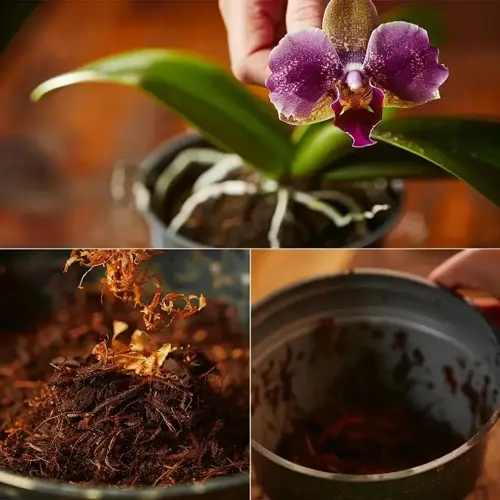Are plants sufficient for complete air purification?

Written by
Olivia Mitchell
Reviewed by
Prof. Samuel Fitzgerald, Ph.D.Plants by themselves are not capable of providing complete air purification. It takes time for them to remove some volatile organic compounds through natural processes slowly. At the same time, mechanical methods address particulates much quickly. My Spider Plant took weeks to remove odors in the kitchen. Still, my HEPA purifier cleared the smoke particles in minutes.
Effective air quality management involves a layered method. Plants remove certain chemical vapors, mechanical filters remove airborne particles, and source control prevents contaminants from entering the environment. I use all three methods in my home office and maintain consistently clean air.
Plant Capabilities
- Formaldehyde removal: Snake Plant, Bamboo Palm
- Benzene reduction: Peace Lily, Gerbera Daisy
- Mold suppression: English Ivy, Boston Fern
- Oxygen production: Aloe Vera, Areca Palm
Mechanical Solutions
- HEPA filters: Capture 99.97% of airborne particles
- Activated carbon: Adsorbs gases and chemical odors
- UV-C light: Neutralizes biological contaminants
- Ionizers: Charge particles for easier filtration
Behavioral Strategies
- Source control: Choose low-VOC products
- Ventilation: Open windows for air exchange
- Humidity management: Maintain 40-60% levels
- Surface cleaning: Remove settled pollutants
Plants are most effective when used with mechanical purification. Keep your plants away from the intake area of any air purifier. Ideally, stay at least 3-5 feet away from each other. This way, your plants won't interrupt airflow. My Snake Plants are located across the room from my HEPA unit. They work together just fine!
Design a complete cleansing regimen. Use plants to remove chemicals. Add HEPA purifiers for particulates. Establish a daily ventilation schedule. In the mornings, I open the windows and start the purifiers during high-pollution periods.
Start with one air-circulating plant and one mechanical device. Measure how the air changes. Your strategies will be a function of what you see. My spider plant and simple air monitor helped improve my air quality within one month.
Read the full article: Top Air Quality Plants for Cleaner Homes

